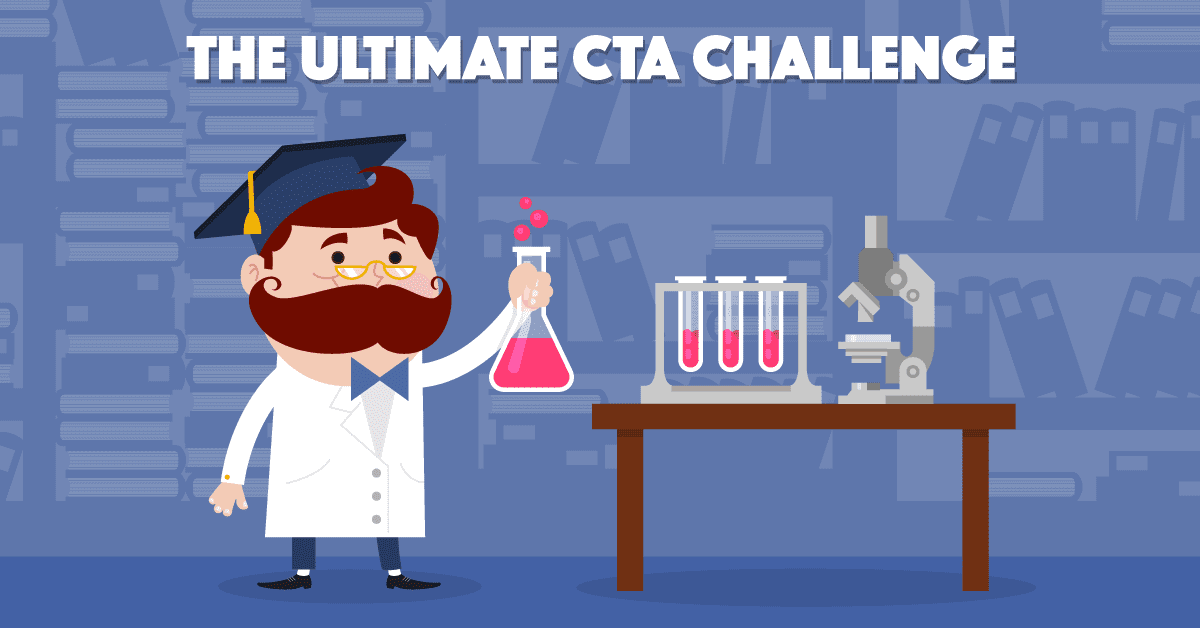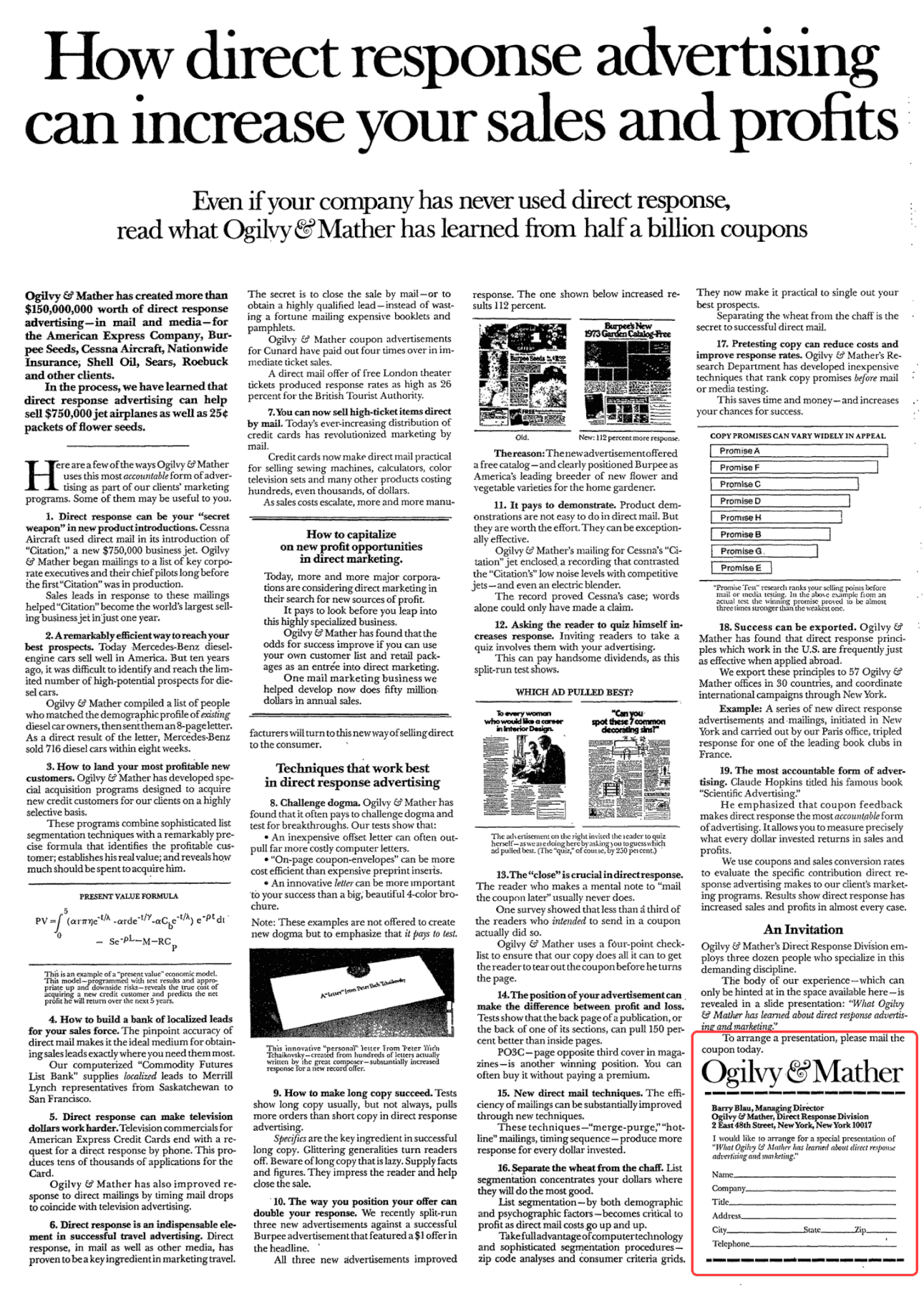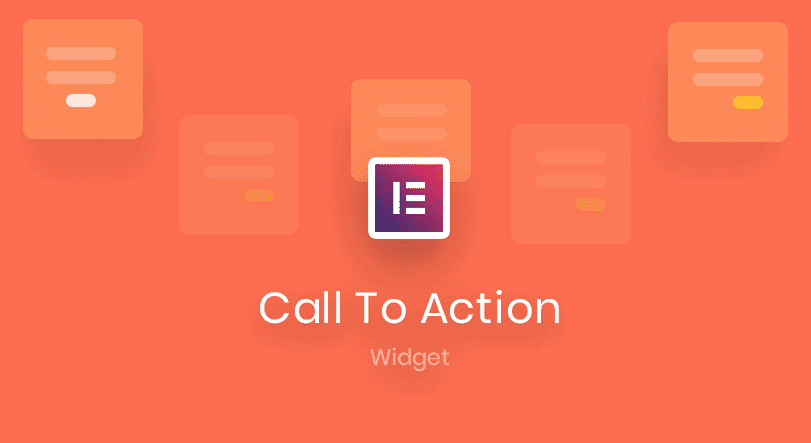
Someone ended up on your website. Top!
Guiding people to your website is an integral part of the inbound marketing process. But it’s not all.
It would help if you went one step further. It would help if you pulled your visitor closer to your cosmos.
Therefore, you should get permission to contact your potential customer.
When Inbound Marketing aims to make your visitors a lead, and you’re on passing through Funnels to accompany. Until he becomes a customer. And beyond.
This is where calls-to-action come in. They are one of the essential elements.
But what exactly is a CTA?
What is a call-to-action?
A call-to-action is a direct request to your visitor to perform a specific action.
The desired action can be anything. It also doesn’t necessarily have to be content-related:
- Sign up for your email updates
- Download your e-book
- Watch your video course
- Register for your webinar
- Share your content
- Read more posts
- Ask for a comment
- Follow on social media
- Click on a link
- Donate to your non-profit
- Register for your event
- Secure a coupon
- Register for your trial version
- Call for a first call
- Buy your product
- Order your service
- etc.
Calls-to-action originally came from direct marketing. In the end, there was always a crystal-clear call to action for the sizeable direct mail items. Here’s an excellent example from Ogilvy & Mather :

When we speak of CTA in inbound marketing, we usually mean the complete box.
As I said, the core is always the call to action. How the call-to-action looks like can vary.
Because a CTA can take different forms, it can also be placed anywhere:
- On your website
- Before, in or after your post
- Previously, in or after your podcast episode
- Earlier, in or after your video
- In your email
- In your email signature
- In your e-book
- In your presentation
- On social media
- In paid ads
- etc.
Why is a call-to-action so prominent?
It’s simple: if you tell people to do something, more will do what they want to do. That is human psychology.
If you don’t ask, you won’t get an answer.
This is not because your visitor is “stupid”. He just doesn’t have time. Nowadays, so many things fight for his attention at the same time. So you have to tell him that merely, crystal clear and with your arms outstretched.
Also, you should always keep in mind that the most comfortable button for your visitor is the back button. And you want to avoid that. Because otherwise he is gone quickly. Maybe forever.
Therefore, you first need your visitor’s permission to contact him. Accordingly, a CTA is an important cornerstone that shows your visitor a clear way of what to do next.
This somewhat older study is particularly exciting and proves that 70% of all B2B websites of small companies do not have a call-to-action! This is fatal. So always make sure that you have plenty of CTAs in use!
How do you create a call-to-action?

Whether text, button or box, your CTA should first fulfil the following general elements:
- Sure – every call-to-action has only one purpose: to take your visitor one step further. Therefore, deliver a single action that your visitor should take.
- Specific – what exactly should your visitor do? Should he leave his email? To donate something? Or buy your product? Tell him exactly what he has to do.
- Simple – your visitor has no time and little attention. So keep your CTA as simple as possible. Explain everything to him in simple words.
So let’s take a look at other criteria. Most apply to all shapes, whether text, button or box:
- Communicate the benefits – What does your visitor benefit from when he clicks on the button or leaves his email? What does he get in return? What problem are you solving? What are the benefits? For example: “Receive free updates “.
- Deliver a unique selling proposition – what sets your CTA or the “offer” of the CTA apart from everyone else out there? What makes it special, unique? What is the USP? For example: “We are one of the leading inbound marketing blogs”.
- Answer Objections – Clicking on a CTA or leaving your email requires trust. This, in turn, raises questions and concerns. Is everything trustworthy and safe? For example: “No spam, don’t worry”.
- Use scarcity – scarcity makes people act. Because people hate to miss something. The word “now” alone can bring better results here. For example: “Register now and get a 30% discount on the next order”.
- Use social proof – people tend to do what other people do. Therefore place numbers, testimonials, trust symbols and “known from” banners in the CTA or around it. For example: “Join over 10,000 small businesses learning inbound marketing”.
- Start with active verbs – your CTAs should always be action-oriented. Avoid boring words like B. “Login” and use active verbs such as B. “Receive”, “Reserve”, “Test” etc. For example: “Receive free updates”.
- Be personal – always use the first person. So not “Continue to your dashboard”, but “Continue to my dashboard”. This can work wonders, as you can see in this case study. For example: “Download my e-book now”.
- Highlight it visually – Of course, your CTA should stand out visually. It should, therefore, not be in line with the rest of the design. You do this by changing the colour, size, whitespace or text. Your CTA must stand out.
If you want to use a CTA for lead generation, where on the website should you place it? Quite only: Wherever possible. Here are some excellent spots that get a lot of attention:
- Home page
- Product page
- Service side
- “About Us” page
- Contact page
- Before, in or after each content
- As a popup
- In the blog sidebar
Just about every page should help your visitor and give an explicit request for what to do next.
And where correctly should you place your CTA on the website? You can find this with a heat map tool such as B. Hotjar or Crazy Egg out. It shows you where most click land. These are the right places for your call-to-action.
As a rough guideline, somewhere above, above the fold, is never wrong. On the other hand, this study shows that sometimes below the fold works much better. So you just have to try it out. Every context is different.
What is Smart CTAs, and why are they so smart?
These are specific calls-to-action that are different for every visitor. These CTAs are, therefore, not firmly integrated into the design but are played out depending on the circumstances.
For example, you have the possibility that your visit, your leads and your customers are each shown different calls-to-action. So you can guide them correctly through your funnel. Some platforms like HubSpot can already do this.
There are also many other options for Smart CTAs. So you can z. B. link to the blog category. Then a suitable call-to-action is displayed for each group. This will give you much better results because it’s more relevant.
How do you find out which CTAs work best?

By testing. Unfortunately, there is no general solution. There are many tips, case studies and best practices. But, as mentioned earlier, every context is different. Therefore, you should always run your tests.
This is generally the beauty of calls-to-action; they are perfect for A / B tests. So you can show 50% of visitors one CTA and 50% the other. Over time, you’ll know correctly which call-to-action works best.
Technically, you first have to save a target in Google Analytics. Inbound marketing platforms like HubSpot track some goals, such as B. Leads, automatically.
This will track the conversions and the conversion rate. Conversions are the number of actions your visitor has taken. The conversion rate, on the other hand, describes what percentage did this action.
For lead generation, the conversion rate of your CTAs across the entire website averages 1-3%.
You also need an A / B testing tool to create the tests. There’s z. B. Google Analytics, Visual Website Optimizer or Optimizely. Modern inbound marketing platforms can usually already do that.
After that, you can simply test texts, colours, designs, size and placement of your calls-to-action and find out what works best in your context.
Conclusion
Just because someone ends up on your website, you can’t sit back and think that the job is done. In reality, it wasn’t even 50% of the work.
Therefore, you should go one step further and accompany your visitor on his customer journey and slowly guide him through your funnel. This is where calls-to-action come in, which work as cornerstones.
A CTA is, therefore, a clear call for action for your visitor, which you should place almost everywhere. Since we live in a fast-paced world, you must tell your visitor exactly what to do next.
Calls-to-action works so well because they’re based on human psychology. If you tell your visitors directly to do something, more of it will do it.
In conclusion, Tim Ash, author of Landing Page Optimization, summed it up perfectly: “For your CTAs to work, two things have to happen. First, your visitors have to discover them without much effort . Second, your visitors have to know immediately what to do . “
Your call-to-action is the final instruction for your visitor. That’s why you should always have a good CTA in use.
